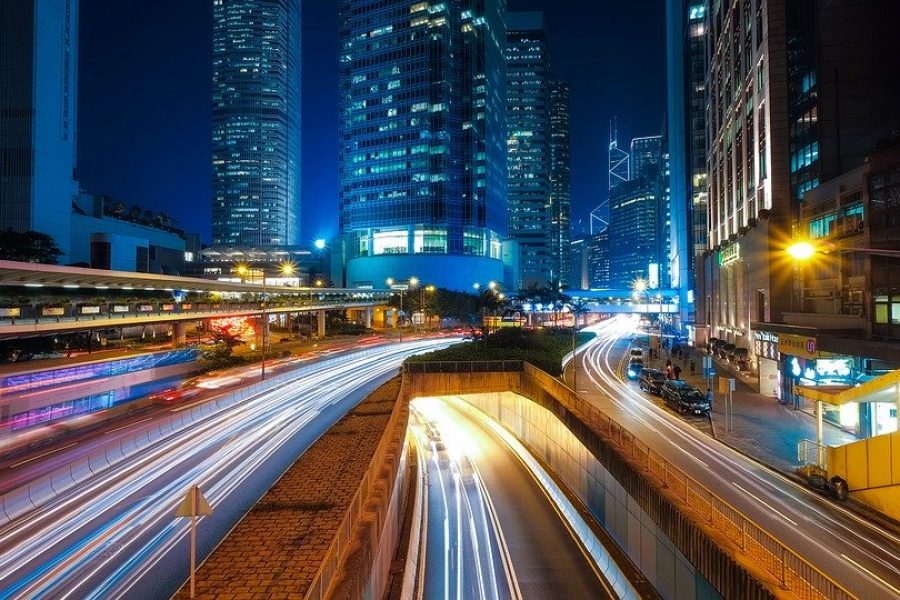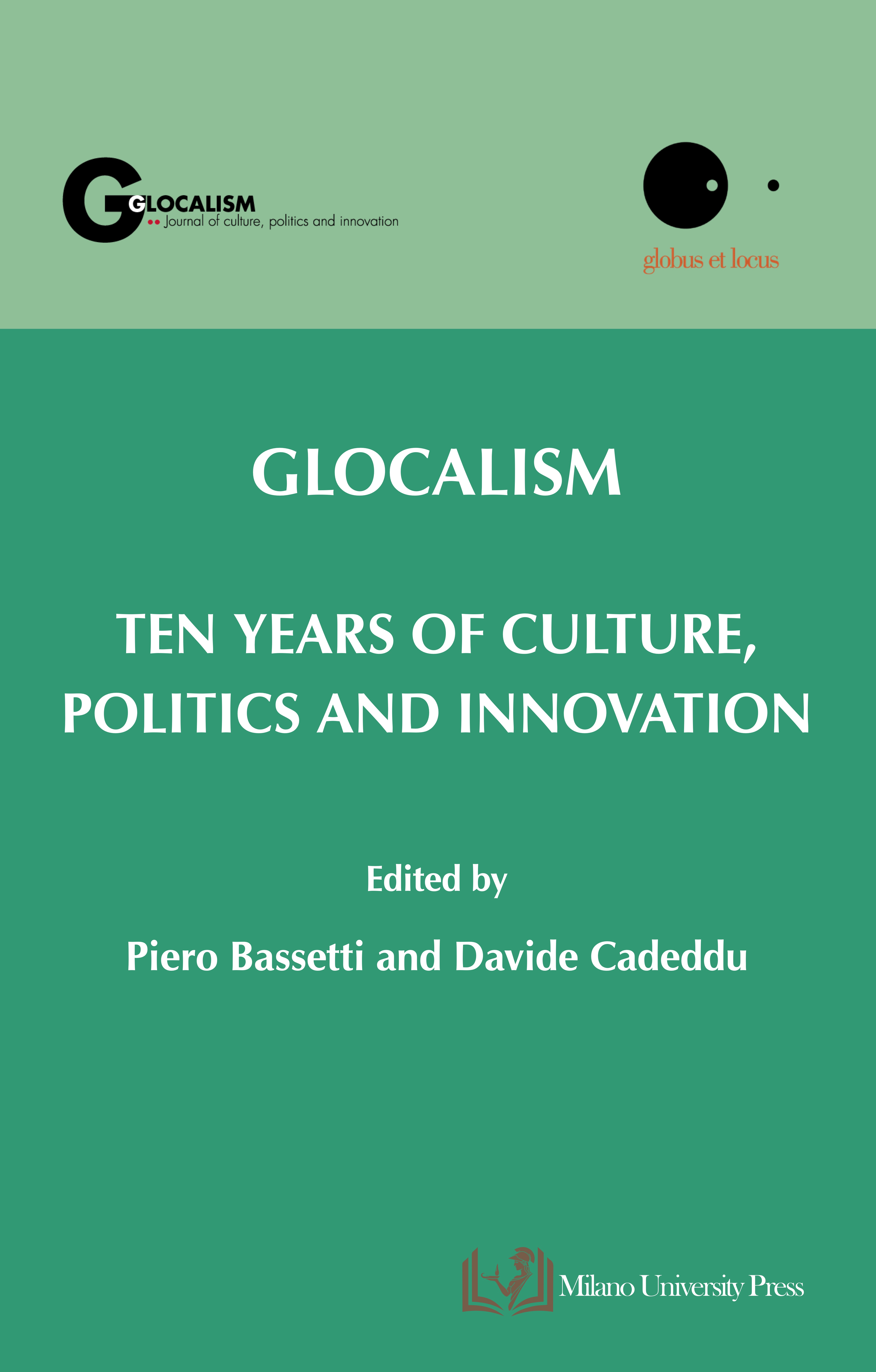The Road to Liberating Citizens While Governing the Urban Areas. The Tale of Two Cities: Cairo and Buenos Aires
DOI:
https://doi.org/10.12893/gjcpi.2016.1.3Keywords:
cities, poverty, citizen participation, democracy, public spaceAbstract
The relation between the political agenda, the social and economic policies, and urban planning and fabric of cities as a product cannot be missed. And as cities are centres of national economic growth and given that the future of the world will be urban it is thus ironic that the majority of the population of almost all cities in almost all developing countries lives in houses that are below standards, in areas that lack services and basic infrastructure. Furthermore, the people who live in these areas suffer from high present of socio-economic problems such as unemployment and literacy. The poorest of the population have to pay more for their houses, service and infrastructure provision. And they lack access to formal credit and thus to opportunities (Sirry 2004). The cities have become places of frustration instead of places of hope and opportunities. It is not thus surprising that the world is witnessing a wave of upheavals all over its’ cities. In the two case studies the article will try to discuss the background of the country and the political, social, and economic conditions and the physical outcome that is manifested in the image of its cities specially the capital city and how can the change towards democracy help the country, its cities and the urban population. The period covered is called by many the contemporary period, it starts in 50’s in Egypt and 70’s in Argentine.
Downloads

Downloads
Published
Issue
Section
License
Copyright (c) 2016 Azza Sirry, Sandra Bustamante

This work is licensed under a Creative Commons Attribution-ShareAlike 4.0 International License.










